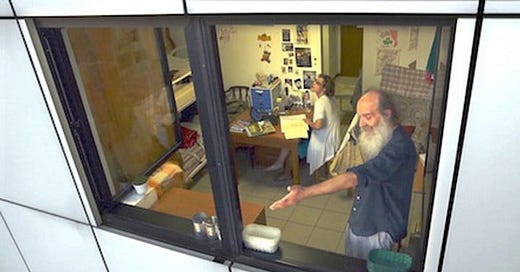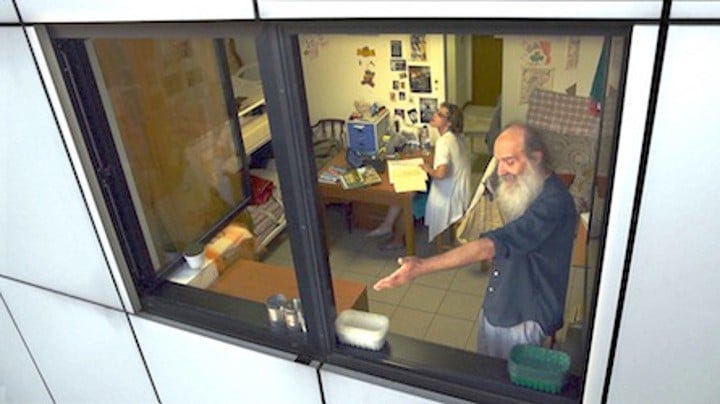Gianfranco Rosi is not the first filmmaker to try capturing the spirit of Rome, capital of the Italian Republic. The Eternal City is a cinematic icon, up there with Paris, Vienna and New York. And perhaps even more so than these others, the Rome of the movies is identified with glamour. Thanks principally to Federico Fellini’s La Dolce Vita, the city is…
Keep reading with a 7-day free trial
Subscribe to Nonfics to keep reading this post and get 7 days of free access to the full post archives.



